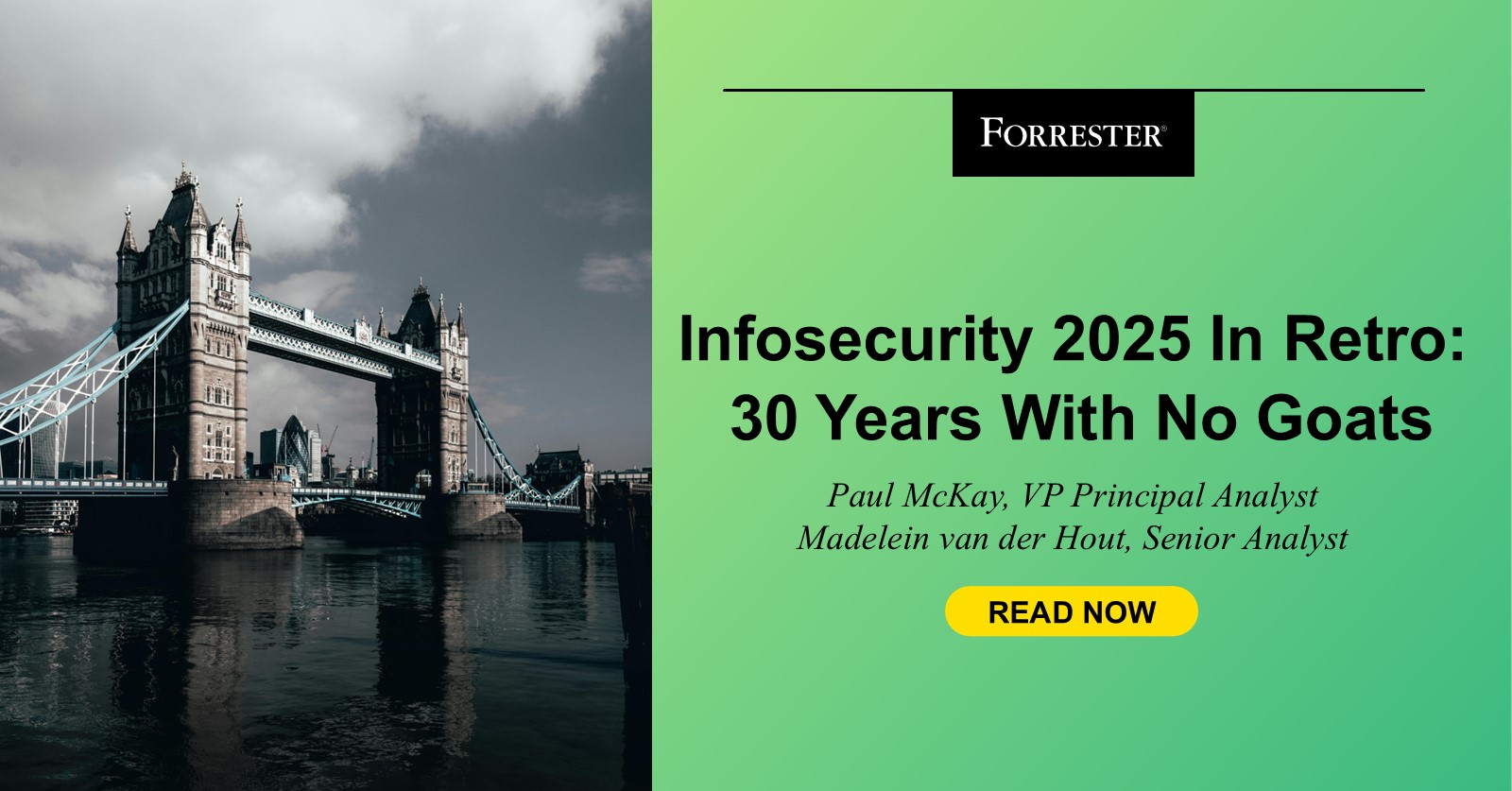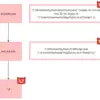

Infosecurity Europe 2025 celebrated its 30th anniversary in London, with 338 exhibitors and over 13,000 attendees. After the high-energy, hyper-branded chaos of RSA Conference in San Francisco, the contrast couldn’t have been starker. For one, there were no goats and puppies to distract from the real agenda, earning the honour for not having petting zoos on site during its 30 year existence, and the following noteworthy trends:
- A modest, direct and forward-looking event floor, agenda and theme. Where RSA overwhelms with scale, spectacle, and sensory overload, Infosecurity stays true to its European character: modest in presentation, straightforward in messages. This year’s show floor was notable with the absence of many established cybersecurity brands replaced with smaller vendors including a welcome return of many more early stage start-ups than we have seen in prior years. The conference centered on the theme “Building a Safer Cyber World”, a forward-looking call for smarter collaboration, technological integration, and adaptive defense strategies. The agenda reflected growing urgency around protecting critical infrastructure in a volatile and geopolitically influenced cyber landscape.
- Cybersecurity is intrinsically linked to national resilience. Multiple sessions and conversations with visitors and vendors stressed the convergence of threats, geopolitics and critical infrastructure. Foreign technology dependence emerged as a recurring concern. Paul Chichester’s National Cyber Security Centre’s (NCSC) Director of Operations highlighted that nationally significant attacks doubled in the past year. Rory Stewart further honed in on how the erosion of the rules-based global order is leading to unpredictable cyber escalations. The message from the floor: geopolitics and digital sovereignty are a must have, not optional extras, in your cybersecurity strategy.
- UX in cybersecurity matters. There was an underlying recognition of the importance of user experience which became evident through the product demos, the conversations with multiple media platforms, and the insights shared during the Forrester roundtable at the conference. The discussions explored how cybersecurity would sorely benefit from simplification, the use of modern UX design principles and elevating the importance of AX or Analyst Experience in order to reducing cognitive burden on both cybersecurity professionals and end-users .
- Emphasis on professional development and diversity. Progress on diversity in cybersecurity has frankly been slow, with women representing only 18% and ethnic minorities accounting for 29% of the total workforce according to the latest ISC2 data. Still, this year’s programming had a few refreshing angles that stood out, focusing on building human-centered skills. Abadesi Osunsadev, founder of Hustle Crew, delivered a powerful talk titled “Taking Up Space: How to Lead the Charge in Cybersecurity,” urging attendees to embrace individuality as a strength. Rik Ferguson, VP Security Intelligence at Forescout addressed the importance of active allyship to drive meaningful change within organizations including his own experience of being an ally. As with all matters relating to hiring, retaining and advancing women in cybersecurity, substantive and authentic actions that create real change is what matters, and we look forward to the conference focusing more on these outcomes in future events.
Forrester clients who wish to dive deeper into our perspectives on Infosecurity Europe 2025 can book a guidance session with either of us.




